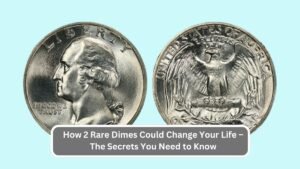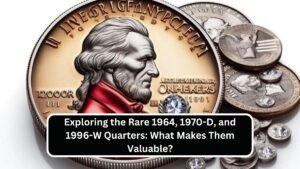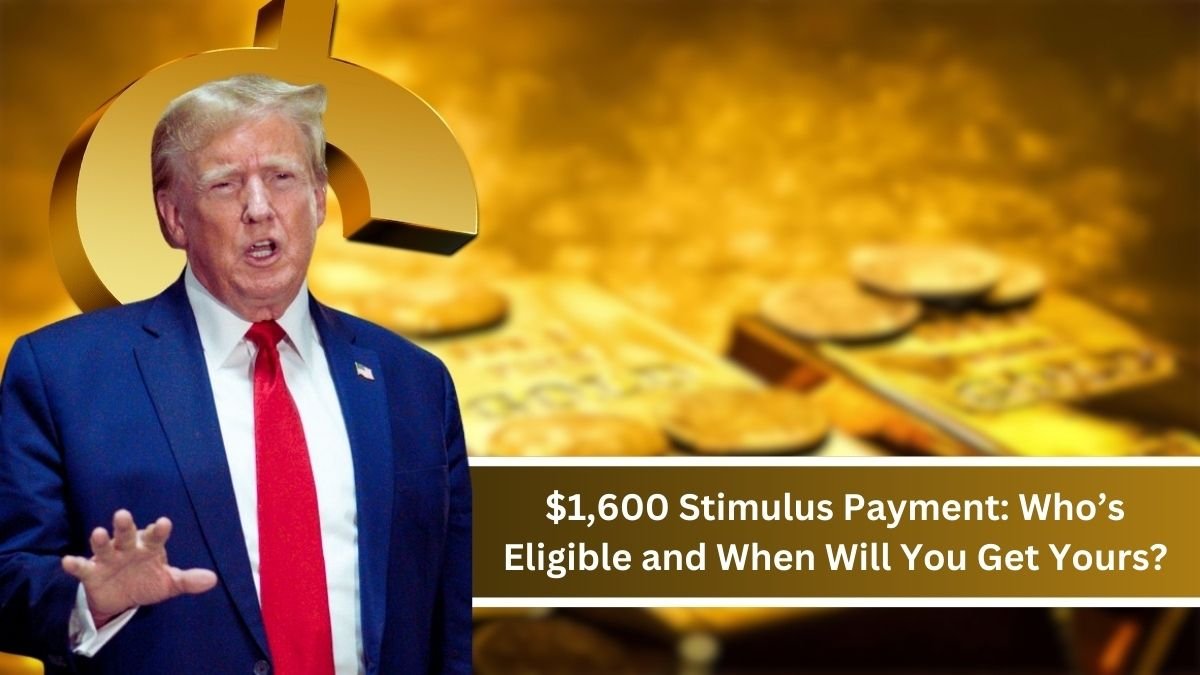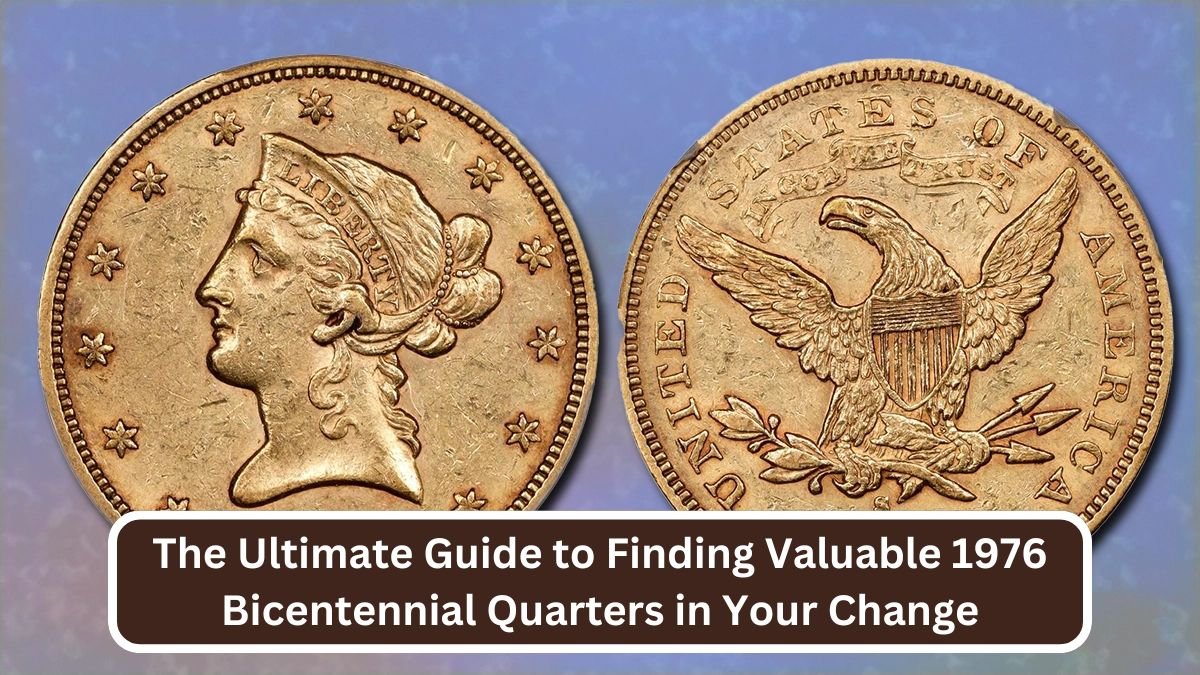The 1999-P Connecticut State Quarter is part of the United States Mint’s 50 State Quarters program, which started in 1999. Each quarter in the series was designed to celebrate a different state, and Connecticut’s quarter is no exception. In this guide, we will explore the history, design, and value of the 1999-P Connecticut State Quarter, helping you understand why it’s so special and how much it might be worth if you have one!
What Makes the 1999-P Connecticut State Quarter Special?

The Connecticut State Quarter was released in 1999 as part of the U.S. Mint’s program to honor each state with its own unique quarter. The “P” on the coin represents that it was minted in Philadelphia. The quarter features the state’s famous landmark, the Charter Oak, a symbol of freedom and independence for Connecticut.
Design of the Connecticut Quarter
The design of the 1999-P Connecticut Quarter shows the Charter Oak tree, which was an important symbol for the state. The tree was a symbol of freedom because it is said that the state’s original charter was hidden in the tree to protect it from being taken by the British. On the coin, you will see the words “The Charter Oak” along with the year 1788, which is the year Connecticut became the fifth state to join the Union.
The back of the coin, like all U.S. quarters, shows the standard eagle, which has been used on quarters since the 1930s.
The Value of the 1999-P Connecticut State Quarter

Most 1999-P Connecticut State Quarters are not worth much more than their face value of 25 cents. However, some of these quarters may be worth more depending on their condition and any rare errors that may have occurred during minting.
What Affects the Value of the 1999-P Quarter?
- Condition: If your Connecticut quarter is in excellent condition, it could be worth more than a coin in poor condition. A coin with no scratches, no wear, and a clear design is considered “uncirculated,” which is more valuable.
- Error Coins: Sometimes, coins are minted with mistakes. If you find a 1999-P Connecticut quarter with an error, such as a double strike or a misaligned image, it could be worth more to collectors.
- Special Editions: Some state quarters were produced in limited numbers or special editions, such as proof coins, which are made with a different process to create a shinier and clearer design.
| Feature | Description |
|---|---|
| Coin Name | 1999-P Connecticut State Quarter |
| Minting Year | 1999 |
| Mint Location | Philadelphia (denoted by “P”) |
| Part of | 50 State Quarters Program |
| Design Features | – Charter Oak tree (symbol of freedom in Connecticut) – The year 1788 (when Connecticut became a state) – Standard reverse side with an eagle |
| State Represented | Connecticut |
| Value | Typically 25 cents, but could be worth more based on condition or minting errors |
| Rarity | Common, but certain conditions or errors can make the coin more valuable |
| Common Mint Errors | – Double strike – Misaligned prints – Incorrect sizing or stamping |
| Collecting Tips | – Look for coins in excellent, uncirculated condition – Keep your coins in protective holders to avoid damage – Check for mint errors for higher value |
| Where to Sell | – Coin dealers – Coin shows – Online auction sites |
| Market Value | The value increases if the coin is in excellent condition or has minting errors |
| Historical Significance | The Charter Oak tree was an important symbol of Connecticut’s independence and stands as a historic landmark in the state’s history. |
| Special Editions | Proof versions or limited-edition coins might have higher collector value |
| Total Mintage | Over 1 billion coins minted, though fewer remain in excellent condition |
Collecting Tips for the 1999-P Connecticut State Quarter

If you are a coin collector, here are some tips for collecting 1999-P Connecticut State Quarters:
- Look for Errors: Always check the coin for minting errors. Sometimes, these mistakes make the coin more valuable.
- Store Them Properly: If you want to keep your coins in good condition, make sure to store them in a dry, cool place. Avoid touching them with your bare hands, as oils from your skin can damage the coin.
- Check the Market: The value of coins can change over time, so keep an eye on the market if you are looking to sell or buy these coins.
FAQs
What is the 1999-P Connecticut State Quarter?
The 1999-P Connecticut State Quarter is part of the U.S. Mint’s 50 State Quarters program, which was launched in 1999. It features the Charter Oak, an important symbol of freedom for the state of Connecticut, and was minted in Philadelphia (represented by the “P” on the coin).
What is the design of the 1999-P Connecticut Quarter?
The coin shows the Charter Oak tree, which symbolizes freedom in Connecticut. The reverse side features the eagle, a common design found on U.S. quarters. The coin also includes the year 1788, marking when Connecticut became the fifth state to join the Union.
Is the 1999-P Connecticut Quarter valuable?
Most 1999-P Connecticut State Quarters are worth only 25 cents, but their value can increase depending on their condition and if they have any minting errors. Coins in excellent condition or with rare mistakes could be worth more to collectors.
How can I tell if my 1999-P Connecticut Quarter is valuable?
You can check your coin for any special features such as minting errors (like a double strike or misalignment) and see if it is in excellent, uncirculated condition. Rare or error coins tend to have higher value among collectors.
What should I look for when collecting 1999-P Connecticut State Quarters?
Look for coins in good condition, avoid touching them with your bare hands, and check for any minting errors. Special editions or proof coins are also worth more, so consider collecting those as well.
The 1999-P Connecticut State Quarter may seem like just another coin, but it has its own special history and value. Whether you are a coin collector or just someone looking to learn more about these quarters, knowing what to look for can make all the difference. Always check for special editions, minting errors, and coins in great condition to ensure that you are getting the most value out of your collection!






















